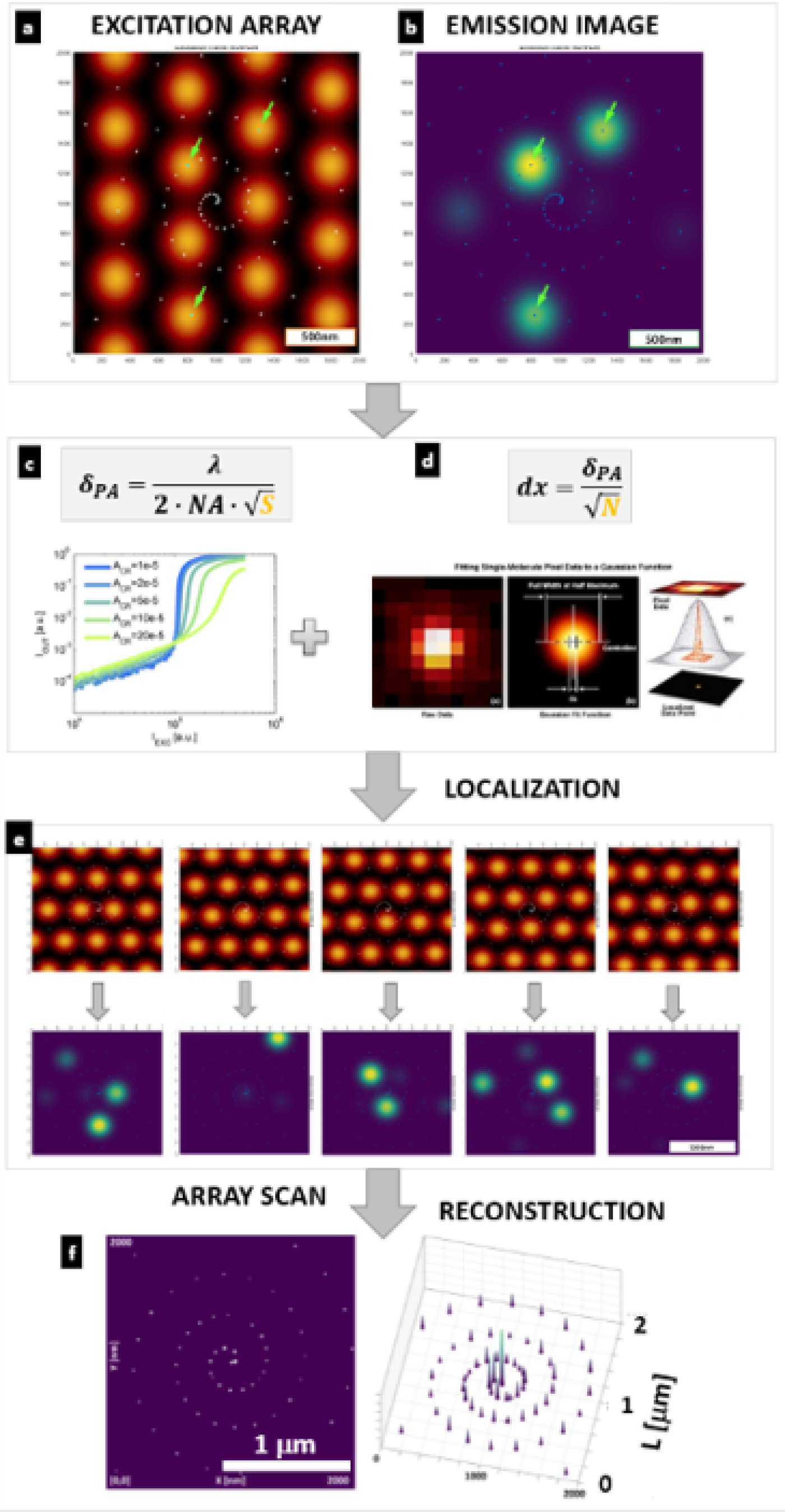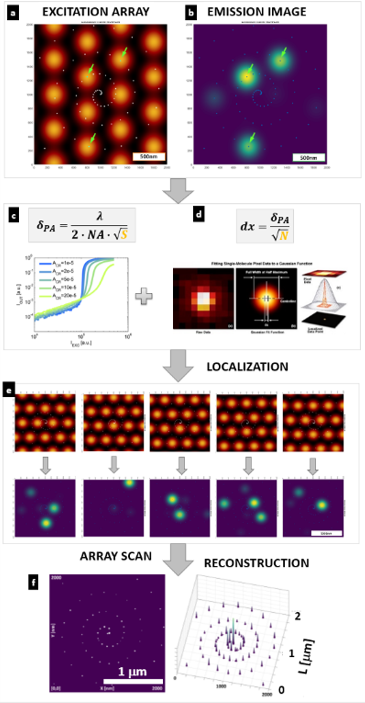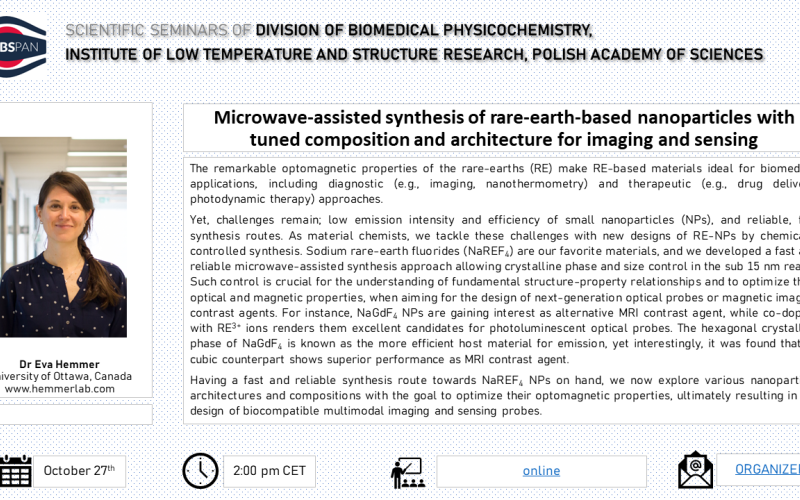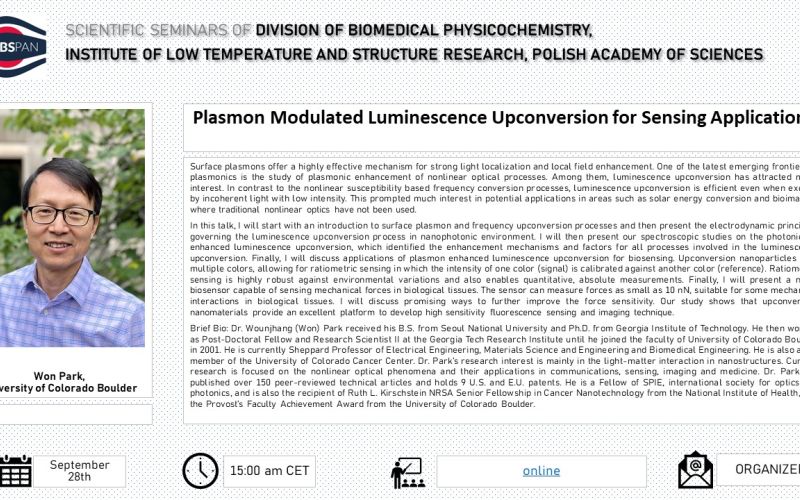LuNASI is looking for post-doc candidates

LuNASI is looking for talented young post-doc researchers with passion to and some experience in physics, optics, spectroscopy and imaging.
Information about Postdoctoral Research Associate within the National Science Centre OPUS 22, Poland grant entitled “Sensitized Photon Avalanche Emission in lanthanide doped colloidal core-shell nanoparticles: novel materials for superresolution imaging“.
[application deadline 14.04.2023 | job start date 1.07.2023 | up to 30 months]
Photon Avalanche (PA) is one of least studied but most interesting and promising (for numerous applications) mechanism responsible for efficient anti-Stokes emission in lanthanide doped inorganic phosphors. Although PA phenomenon has been discovered in 1979 by Chivian et al., great majority of studies have been carried out in bulk (macroscopic) crystals and fibers, mostly at cryogenic temperatures using tuneable / powerful / sophisticated / costly laser light sources. These constraints limited broader interest and restricted possible applications to up-conversion (UC) lasers or medium-IR photon counters. Recent ground breaking studies [Nature, 2021, 589(7841), 230–235] demonstrated capability to observe PA at nanoscale, which open new possibilities, define new challenges and promise new applications.

Key references :
- Size-dependent photon avalanching in Tm3+ doped LiYF4 nano, micro and bulk crystals, M.Dudek et al. Optical Mater. 2022, 2201052
- Photon avalanche in lanthanide doped nanoparticles for biomedical applications: Super-resolution imaging. Bednarkiewicz, A. et al. Nanoscale Horizons, 2019, 4(4).
- Giant nonlinear optical responses from photon-avalanching nanoparticles. Lee C. et al. Nature, 2021, 589(7841), 230–235.

Details and information how to apply :
- PAS : https://bip.intibs.pl/attachments/download/2303
- GOV: https://www.gov.pl/web/edukacja-i-nauka/institute-of-low-temperature-and-structure-research-polish-academy-of-sciences-wroclaw-post-doctoral-fellow--co-investigator-in-research-project-assistant-professor-adiunkt-in-polish-post-doc-research-project-contractor-physical-sciences-expires-14042023
- Euraxcess: https://euraxess.ec.europa.eu/jobs/53891



